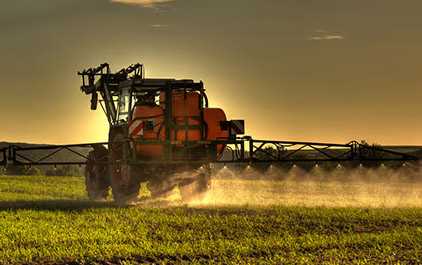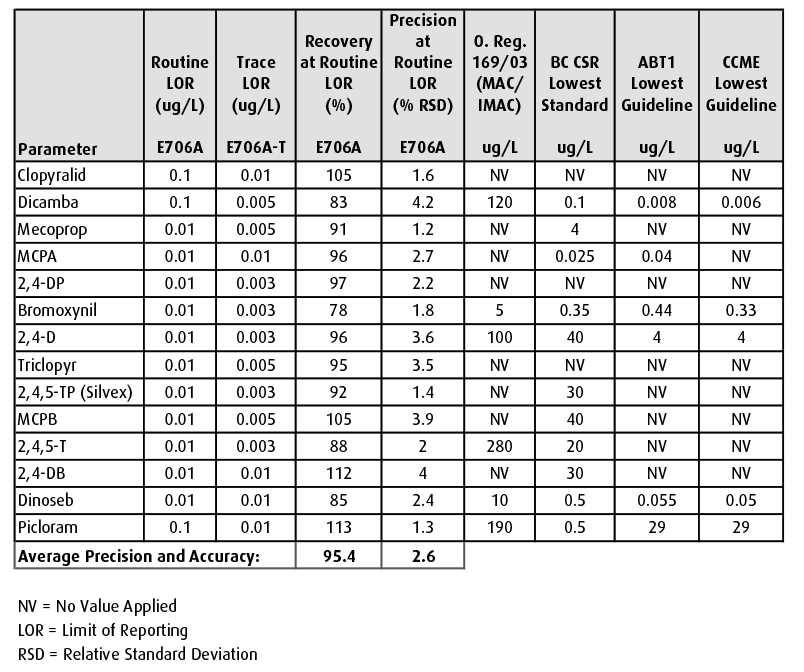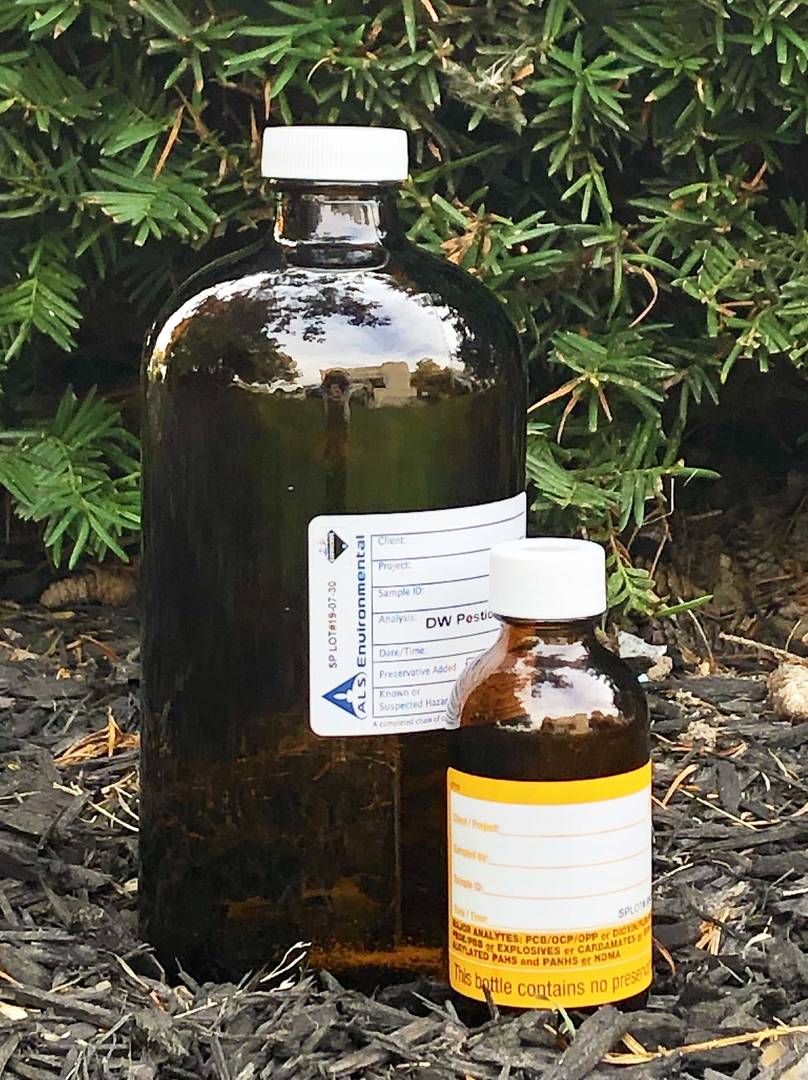EnviroMail 16 Canada
New Phenoxy Herbicide Method Improves Sampling Efficiency and Data Quality
At ALS we know that optimizing time spent in the field is important to our clients, as is the reduction of manual handling.

Effective immediately, following our latest innovation project, instead of requiring one or even two 1 Litre sample bottles for Phenoxy Herbicides water testing (E706A), now a single 100 mL amber bottle is all that is required (the same bottle type currently being used for our new OCP and PCB method – see EnviroMail 14). Benefits include smaller and fewer sample bottles to label and fill, lower manual handling loads, reduced shipping costs, greater sampling efficiency (especially for low flow groundwater wells), plus significant quality benefits.
Our NEW accredited1 Phenoxy Herbicides method (E706A) with a 100 mL sample size is now offered by ALS Waterloo. The data quality of this method is simply exceptional.
Phenoxy Herbicide Background
Phenoxy herbicides have been widely used to control broad-leaf weeds in agricultural crops and grasses since the 1950s. They attack broad-leaf weeds by inducing rapid, uncontrolled growth, leaving grasses and grain crops (“monocots”) largely unharmed. Historically, phenoxy herbicides like 2,4-D, Mecoprop, and Dicamba have been commonly used for weed control of lawns in various commercial “weed and feed” products, although cosmetic applications of pesticides to lawns have now been banned in many Canadian municipalities due to environmental concerns. 2,4,5-T is a phenoxy herbicide which was once widely used in agriculture prior to being phased out in the late 1970s (banned in Canada and the US in 1985), due to trace contaminants of highly toxic dioxin (TCDD) generated in its production. Agent Orange, a defoliant used in the Vietnam War, consisted of 2,4-D and 2,4,5-T, which caused serious health consequences to Vietnamese citizens and American veterans.What This Means For ALS Clients
Ontario Reg. 169/03, the BC Contaminated Sites Regulation (CSR), Alberta Tier 1 (ABT1), and CCME each have unique criteria for Phenoxy Herbicides. ALS Canada has developed a Routine method that meets O. Reg. 169/03 and the lowest BC CSR criteria with a 100 mL sample, sufficient for initial and duplicate analyses.
To meet the lowest ABT1 and CCME levels, our Trace method employs an additional concentration step using the same 100 mL sample bottle.
Phenoxy Herbicide Reporting Limits, Method Performance and Regulatory Standards
The following table shows reporting limits, applicable regulatory standards and current method performance for the 100 mL Routine method at its reporting limit, along with detection limits for the Trace method. The Limits of Reporting (LORs) for the Routine method meet or surpass routine LORs previously offered by ALS Canada.

Precision and Accuracy Implications
In addition to all of the advantages related to a smaller sample size, adopting this new method has resulted in improved precision and accuracy, which means any positive result will be more reliable. The previous Phenoxy Herbicides method (using 1 Litre samples) yielded average precision of 8.4% RSD at 0.025 ug/L. The new Phenoxy Herbicides method (using 100 mL samples) shows notable improvement with average precision of 2.6% RSD at 0.01 ug/L.





















































